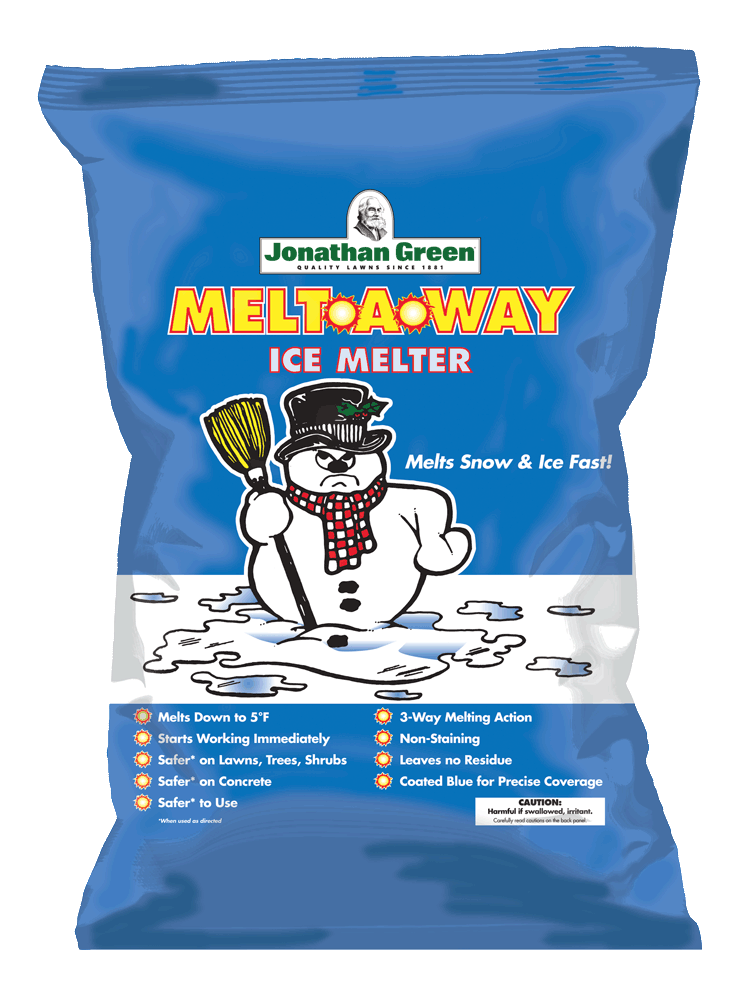How to Protect Your Lawn from Snow Mold
A blanket of snow on your lawn may seem like an enticing winter treat, but it can be a nightmare for your grass underneath. When snow accumulates and stays on your lawn, it creates an invitation for winter disease, such as snow mold. While snow is inevitable in some areas, you can take steps to get rid of snow on your lawn and protect it from causing damage. In this guide, we’ll explain how snow affects your lawn, how to get rid of it quickly and how to protect your lawn from snow mold.
How Snow Affects Your Lawn

When snow blankets your lawn, it creates a barrier between the grass and sunlight, depriving it of essential nutrients throughout the winter. Once it begins to melt in early spring, homeowners usually find snow mold on their lawn caused by fungi that has remained inactive in their lawn’s soil and developed in wet, damp conditions.
While snow by itself can insulate the grass from harsh temperatures, it’s important to be mindful of foot and paw traffic in the winter. Constant foot traffic on snow-covered grass can compress the snow, damaging the underlying turf and making your lawn even more susceptible to snow mold.
For more tips to identify snow mold and other winter diseases in your lawn, check out our post-winter lawn problems guide.
How to Safely Remove Snow on Your Lawn & Driveway
Use a Snow Blower
A snow blower is a safe option that minimizes pressure on the grass while efficiently removing snow. Unlike shoveling, snow blowers distribute weight evenly, reducing the risk of compacting the snow and creating an environment for snow mold.
Hire Snow Removal Services
If you have a larger yard or live in an area that experiences heavy snowfall, professional snow removal services can handle the job with specialized equipment that minimizes damage to your lawn.
Apply Ice Melter to Driveways
For a safer, greener way to quickly remove snow and ice from your driveways and walkways, use Jonathan Green Melt-A-Way Ice Melter. This fast-action product melts ice on driveways, sidewalks, and lawn edges without harming your grass, helping you keep high-traffic areas clear and safe without risking damage to the lawn.
How to Protect Your Lawn from Snow Mold
Remove Fall Leaves Before Snowfall

Leaving fall leaves on your lawn can be an invitation for snow mold in the winter. The leaves can trap moisture and block airflow to the grass, increasing the risk of mold. Remove fall leaves before the first snow using a leaf blower or by mulching them in with your lawn mower.
Mow Low
For the last mow of the season, set your mower height to two inches and mow low. Grass that’s too tall can get weighed down by snow, leading to mold, while grass that’s too short becomes stressed and more vulnerable to winter damage. Setting your mower to two inches is the sweet spot – it prevents the lawn from becoming matted under snow while still protecting its root system.
Mentioned Products
The Big Takeaway
Even though snow is inevitable in some areas during the winter, there are ways to protect the lawn you love from the elements. By taking precautionary measures in late fall and safely removing snow with the right equipment, you can prevent winter diseases like snow mold from damaging your grass.
